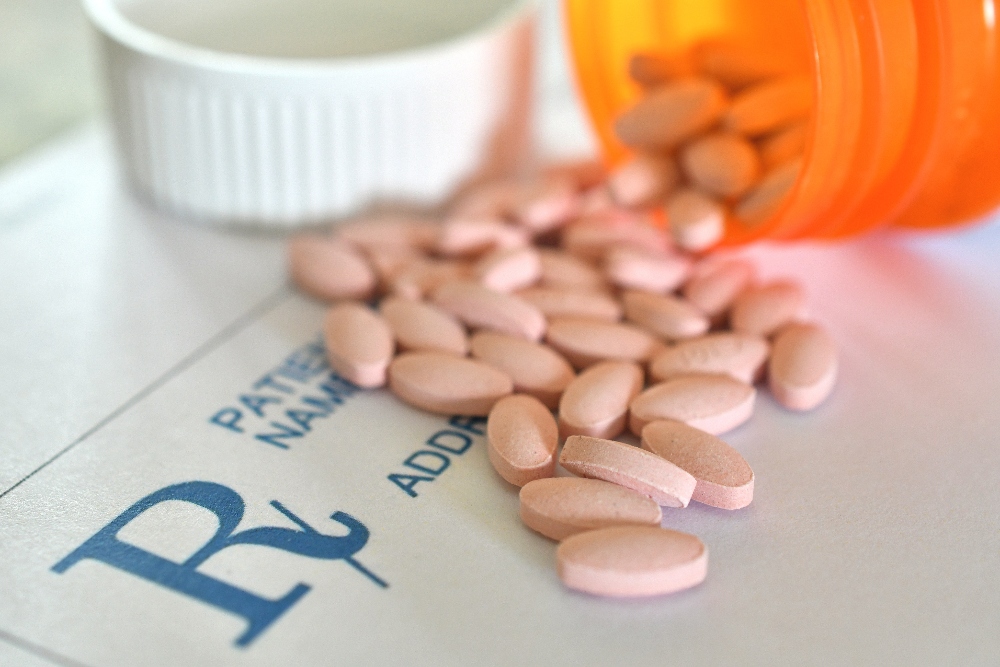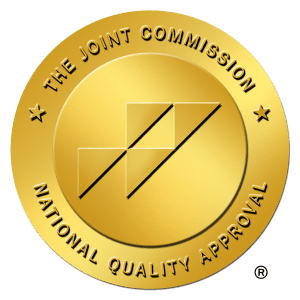
Narcan typically lasts 30 to 90 minutes, which is significantly shorter than most opioid medications that remain active in the system. This limited duration is one of the most important facts people need to understand about naloxone, according to research from the National Institute on Drug Abuse.
The duration depends on several factors:
- Type of opioid used: Powerful synthetic opioids like fentanyl can outlast Narcan’s effects
- Dose of opioids in the system: Higher doses may require additional doses of naloxone
- Individual metabolism: Each person processes medications differently, with clinical research showing individual variations range from 30-90 minutes
- Time since last opioid use: Recent use may require repeated doses
According to research published in Harm Reduction Journal, approximately 35% of people who receive naloxone may experience overdose after naloxone wears off, particularly when long-acting opioids are involved. This is why emergency treatment and continuous monitoring are essential.
What Is Narcan and Why Is It Critical?
Narcan (naloxone hydrochloride) is an FDA-approved nasal spray that can reverse opioid overdose deaths, including those caused by heroin, prescription opioids, and fentanyl. According to CDC data, community-based programs reported over 26,000 overdose reversals from 1996 through 2014, making naloxone one of the most important harm-reduction tools available today.
The medication works by blocking opioid effects in the brain, effectively displacing the opioids and restoring normal breathing and consciousness. For families dealing with addiction, having access to naloxone readily available can provide peace of mind and, more importantly, save lives during opioid overdose emergencies.
The Growing Need: Opioid Crisis Statistics
Understanding how long Narcan lasts becomes even more critical when we examine the scope of the opioid epidemic:
- Recent CDC data shows that while opioid overdose deaths decreased 26.9% in 2024 to an estimated 80,391 deaths, opioids were still involved in the majority of fatal overdoses
- The National Institute on Drug Abuse reports that over 105,000 Americans died from drug overdoses in 2023, with opioid drugs involved in approximately 75% of those deaths
- Fentanyl overdoses remain a significant concern, with synthetic opioids other than methadone accounting for 72,776 deaths in 2023, according to CDC WONDER data
- CDC naloxone dispensing data shows that naloxone from pharmacies reached more than 2.1 million prescriptions dispensed in 2023
- Many people struggle with prescription painkillers, illicit opioids, and street drugs that can cause life-threatening effects
These statistics underscore why understanding Narcan’s limitations and proper usage is essential for anyone connected to someone with opioid dependence or opioid use disorder.

Proper Narcan Administration: Step-by-Step Guide
Knowing how long Narcan lasts is only part of the equation. Proper administration method is equally crucial, and the good news is that naloxone requires no special training:
- Check for signs of opioid overdose: Look for absent breathing, shallow breathing, loss of consciousness, gurgling sounds, or extreme drowsiness
- Call 911 immediately: Emergency treatment is always necessary, even if naloxone works
- Administer Narcan nasal spray: Remove the yellow cap, insert the device in one nostril, and press firmly for one dose of naloxone
- Provide rescue breathing: Give mouth-to-mouth if the person isn’t breathing normally
- Place in recovery position: Turn the person on their side to prevent choking
- Monitor closely: Watch for signs of renewed overdose symptoms and check heart rate and blood pressure
- Be prepared for additional naloxone: If there is no response within 2-3 minutes, give a second dose
People with opioid dependence may experience opioid withdrawal symptoms within minutes after receiving naloxone, including rapid heart rate, stomach pain, and other symptoms of opioid withdrawal. While uncomfortable, these mild side effects are not life-threatening compared to the dangerous effects of continued overdose.
The CDC’s five key things about naloxone emphasize that additional doses may be necessary, especially with potent synthetic opioids like fentanyl.
Understanding Naloxone Forms and Availability
Naloxone comes in multiple formulations of naloxone to meet different needs:
- Narcan Nasal Spray 4 mg: This is the most common naloxone product available over-the-counter at drug stores without a prescription of naloxone. The nasal dosage form is easy to use and requires no medical training.
- Injectable naloxone: Available through health care providers and some community-based distribution programs, medical professionals and trained responders may prefer this form of naloxone.
- Generic naloxone: More affordable options are becoming available, making access to naloxone more widespread.
- Take-home naloxone: Many health departments and addiction treatment centers now provide naloxone kits to families and individuals at risk.
You can obtain naloxone from community programs, health care professionals, or directly from pharmacies. Many areas have cost assistance programs to ensure this life-saving medication is accessible to everyone who needs it.
Why Narcan’s Duration Matters in Treatment Planning
For families considering addiction treatment options, understanding Narcan’s temporary nature highlights the importance of comprehensive care. While Narcan can reverse the effects of opioid overdose at the moment, it doesn’t address the underlying drug addiction or treat opioid use disorder.
At Grata House, we understand that overdose prevention is just one component of effective addiction recovery plans. Our holistic treatment approach addresses not only the addiction but also the developmental trauma that often underlies substance dependence. We work with people with opioids in their system who need comprehensive care, including those struggling with prescription drugs, illicit drugs, and co-occurring mental illness.
The Role of Narcan in Comprehensive Recovery
Narcan serves as a bridge to medical treatment, not a substitute for emergency medical care or long-term recovery. Research from the American Journal of Public Health shows that individuals who survive an overdose are significantly more likely to enter treatment for opioid use when connected with resources immediately following the incident.
This is where comprehensive dual diagnosis treatment becomes essential. Many individuals struggling with opioid medicine dependence also experience:
- Anxiety and depression
- Post-traumatic stress disorder
- Other mental health conditions that require integrated care
- Physical dependence on multiple substances including alcohol
- Chronic pain patients who developed dependence on opioids for pain management
Understanding the effects of naloxone helps families prepare for the complex needs that arise after an overdose reversal.
Building a Support Network Beyond Emergency Response
While understanding how long Narcan lasts is crucial for immediate safety, long-term recovery from drug dependence requires a robust support system. This includes:
- Family Involvement: Our family and aftercare programs help rebuild relationships damaged by addiction and provide training for family members
- Ongoing Support: Aftercare planning ensures continued success beyond initial treatment, including education about signs of overdose and how to respond
- Access to Effective Medications: Our medication-assisted treatment programs provide long-term solutions for people struggling with addictive drugs
Important Safety Information About Naloxone
While naloxone has minimal risks, it’s important to understand the potential effects of naloxone:
- Common Reactions: People may experience withdrawal symptoms including rapid heart rate, nausea, and agitation. These are not dangerous side effects but signs that the medication is working.
- Allergic Reactions: Though rare, some individuals may have an allergic reaction to naloxone. However, the benefits far outweigh the risks during an overdose emergency.
- Heart Conditions: Individuals with a history of heart attack or existing heart disease should still receive naloxone during an overdose, as the life-threatening effects of overdose are more dangerous than potential cardiovascular effects.
- Limitations: Naloxone only works on opioid effects and will not reverse alcohol overdose or overdoses from other substances not related to opiates.
Creating an Emergency Action Plan
Every family affected by opioid abuse should have an emergency plan that accounts for Narcan’s limited duration:
- Keep multiple naloxone kits in easily accessible locations (consider Narcan Emergency Cabinets for workplaces)
- Ensure all family members know the administration method and have basic training
- Have emergency contact numbers readily available for medical assistance
- Understand that professional medical treatment is always necessary after naloxone use
- Know the signs of overdose: absent breathing, gurgling sounds, loss of consciousness, abnormal heart rhythm
- Recognize that overdoses in people using fentanyl may require additional opioid reversal with multiple doses
- Consider having fentanyl test strips available to test substances before use
- Understand that naloxone is not a substitute for emergency medical care
Remember: Even after a successful overdose reversal, the risk of opioid death remains high without proper medical follow-up and treatment.
Legal Protections and Good Samaritan Laws
Many states have laws protecting people who seek medical assistance during overdose emergencies. These Good Samaritan laws typically provide protection from criminal prosecution for drug possession when someone calls for help during an overdose. Understanding these protections can encourage people to act quickly when they witness someone experiencing respiratory depression or other signs of opioid overdose.
However, it’s important to note that naloxone is not a controlled substance, and carrying it is legal everywhere. You don’t need a prescription to purchase most forms of naloxone, making it an accessible harm reduction tool for anyone who might encounter an overdose situation.
The Importance of Professional Detox and Treatment
While Narcan can reverse an overdose temporarily, professional detox services provide the medical supervision necessary for safe withdrawal from opioid medications. The American Society of Addiction Medicine recommends medically supervised detox for opioid dependence due to the complexity and potential dangers of withdrawal.
Our comprehensive approach includes:
- Medical Monitoring: Healthcare providers and medical technicians monitor vital signs, heart rate, blood pressure, and other symptoms during detox
- Medication Management: We work with a healthcare professional team to manage withdrawal symptoms safely and effectively
- Addressing Co-occurring Conditions: Many people struggle with both substance use and mental illness, requiring specialized dual diagnosis care
- Long-term Planning: Our medication-assisted treatment programs provide sustained recovery support that extends far beyond Narcan’s 30-90 minute window, offering proven effective medications for long-term recovery
- Family Education: We provide training and education about naloxone administration, emergency response, and ongoing support strategies
Moving Forward: From Crisis to Recovery
Understanding how long Narcan lasts is just the beginning of a recovery journey. While this medication can provide a crucial time during an overdose emergency, sustainable recovery from opioid use disorder requires comprehensive treatment that addresses the whole person, including any underlying pain, trauma, or co-occurring conditions.
If you or a loved one is struggling with opioid dependence, prescription drug abuse, or addiction to illicit drugs, don’t wait for an emergency to seek help. Our compassionate team at Grata House understands the complexities of addiction and provides evidence-based treatment that goes beyond emergency intervention.
Take Action Today: Contact our admissions team to discuss treatment options and take the first step toward lasting recovery.
Remember, while Narcan can save a life in a moment of crisis, professional treatment offers the tools and support needed for a lifetime of recovery. Your journey to wholeness begins with just a willingness to seek help.
